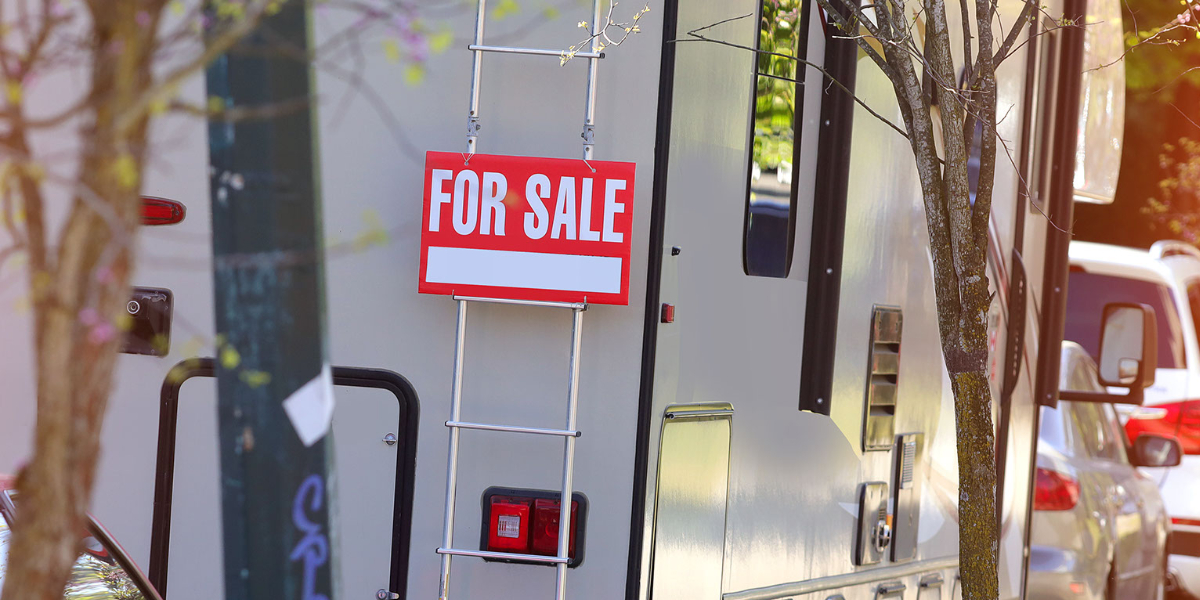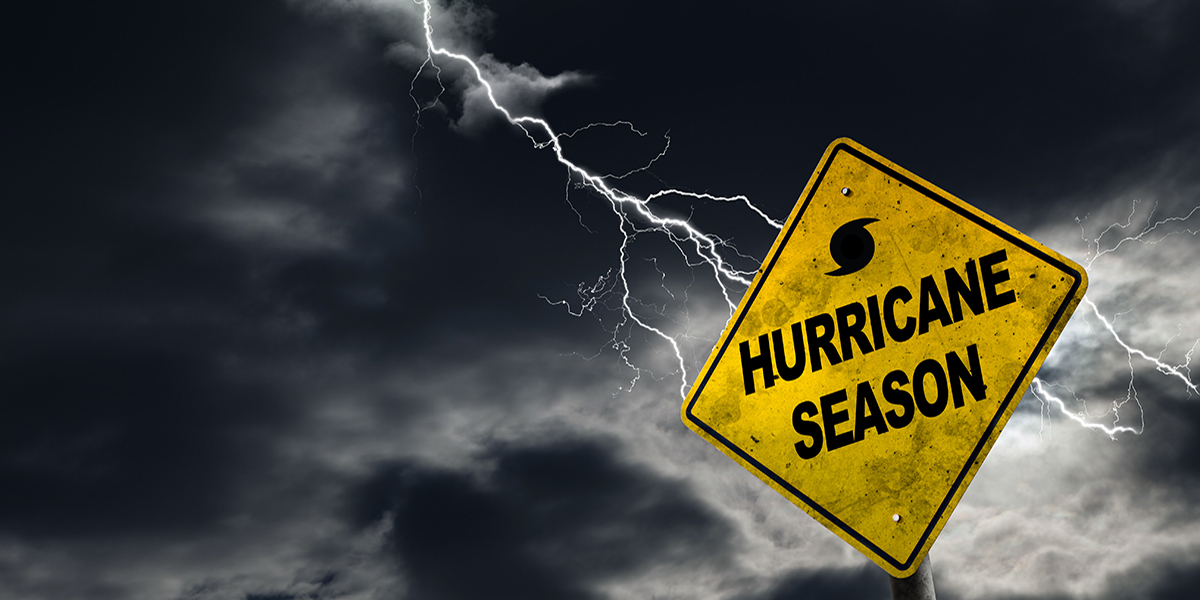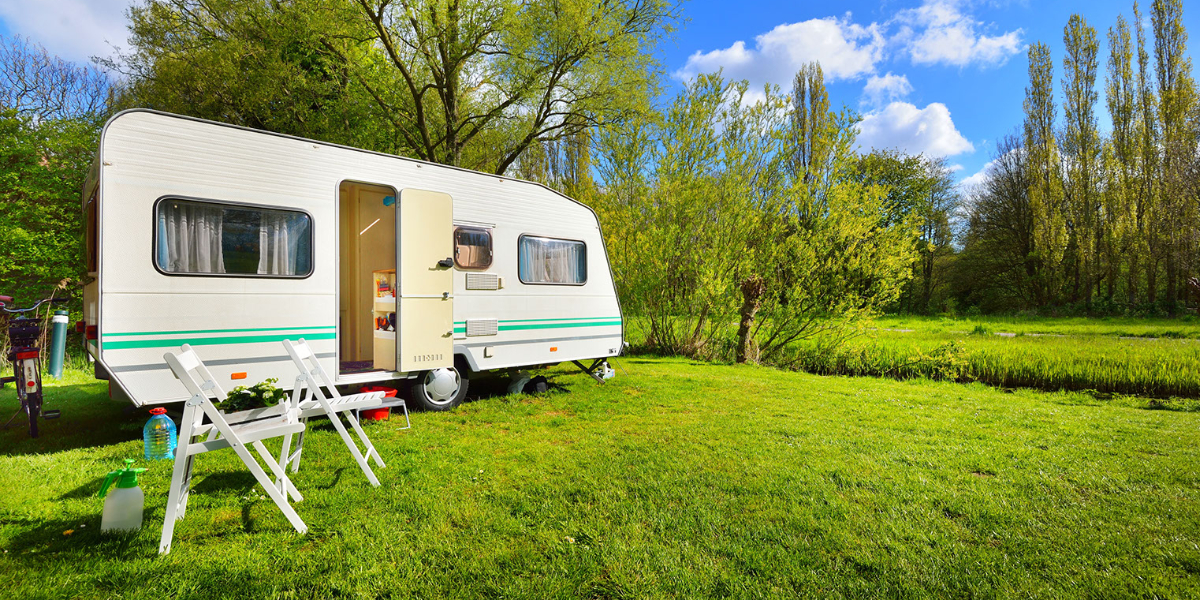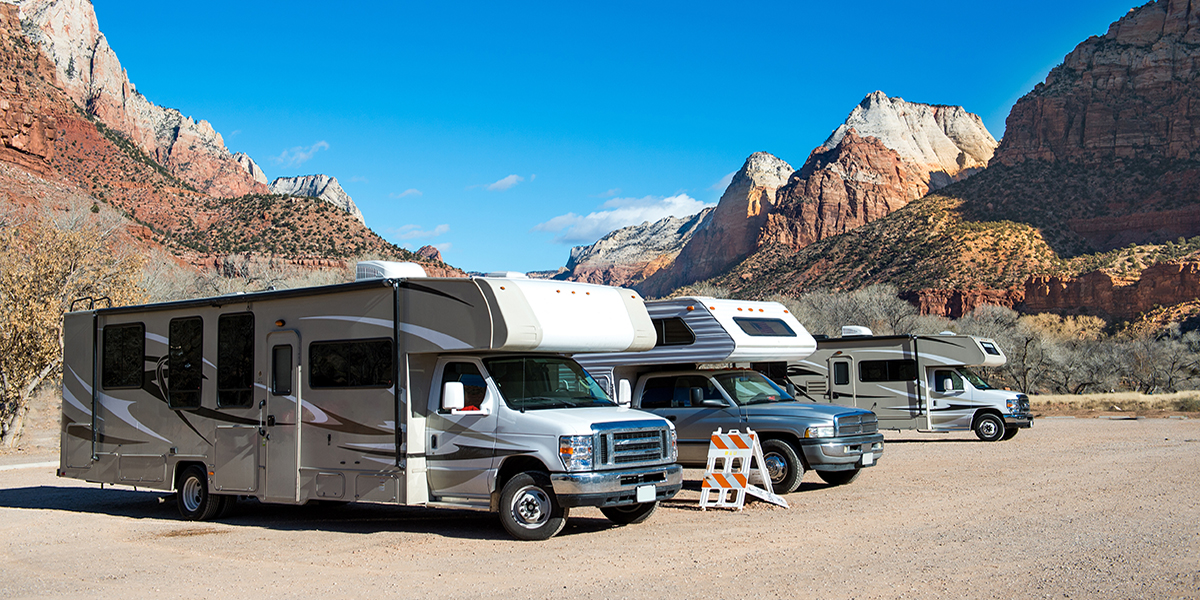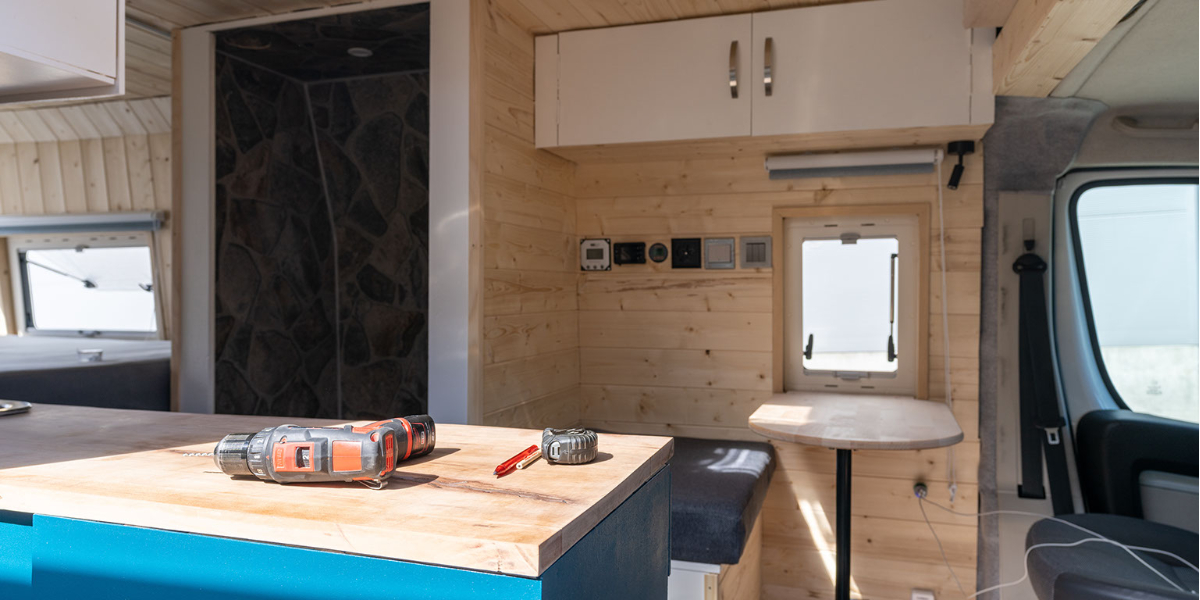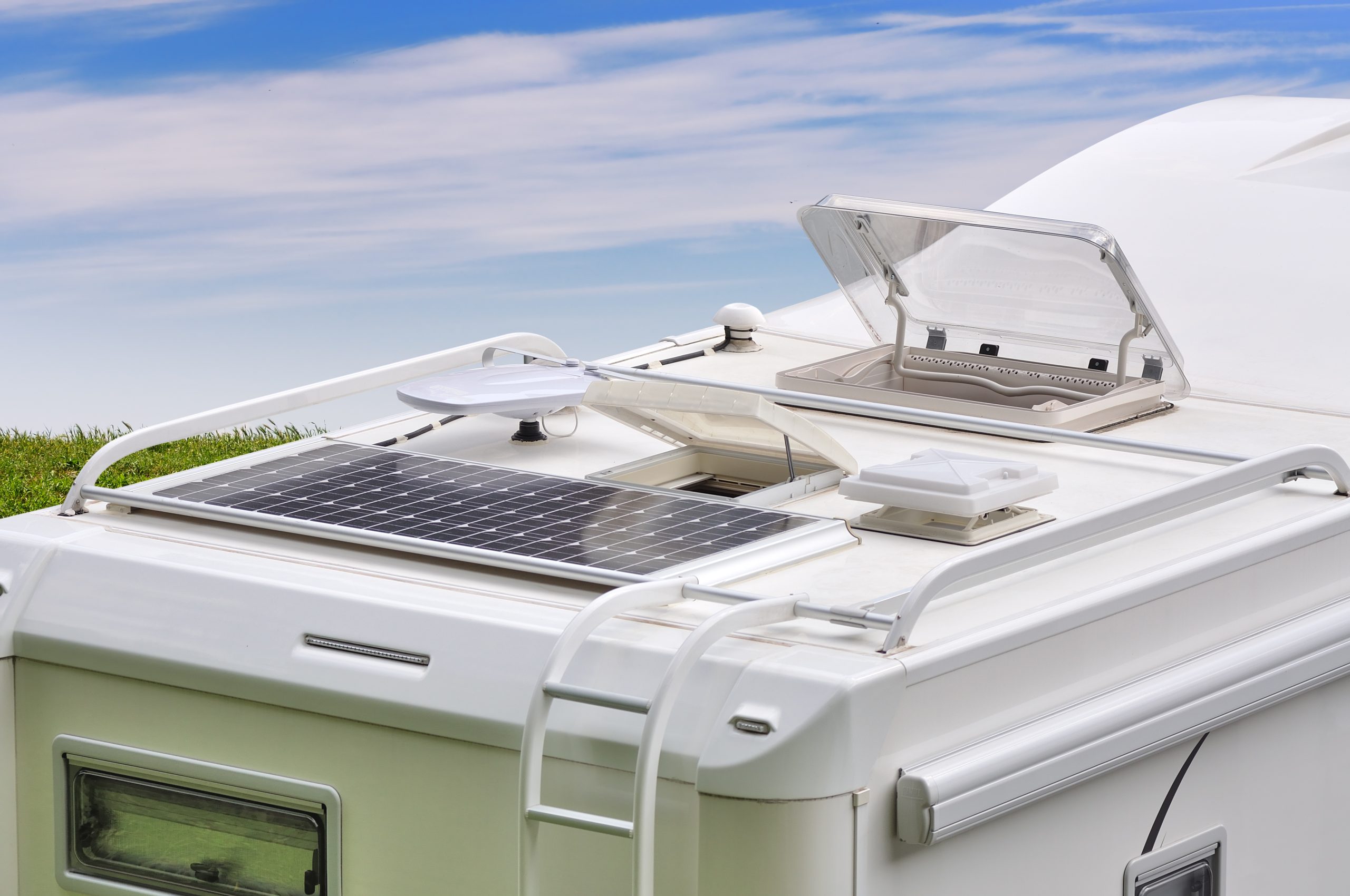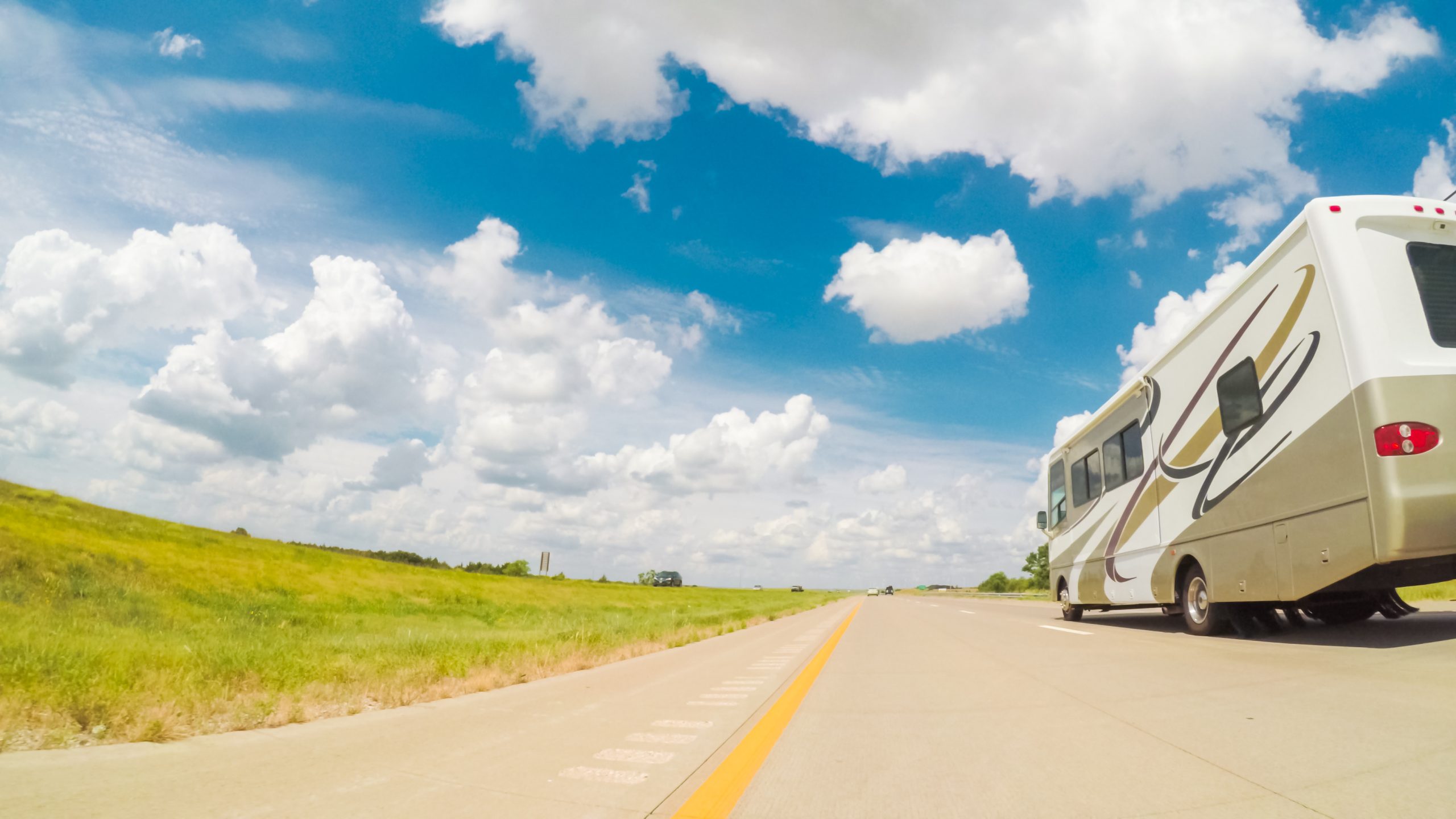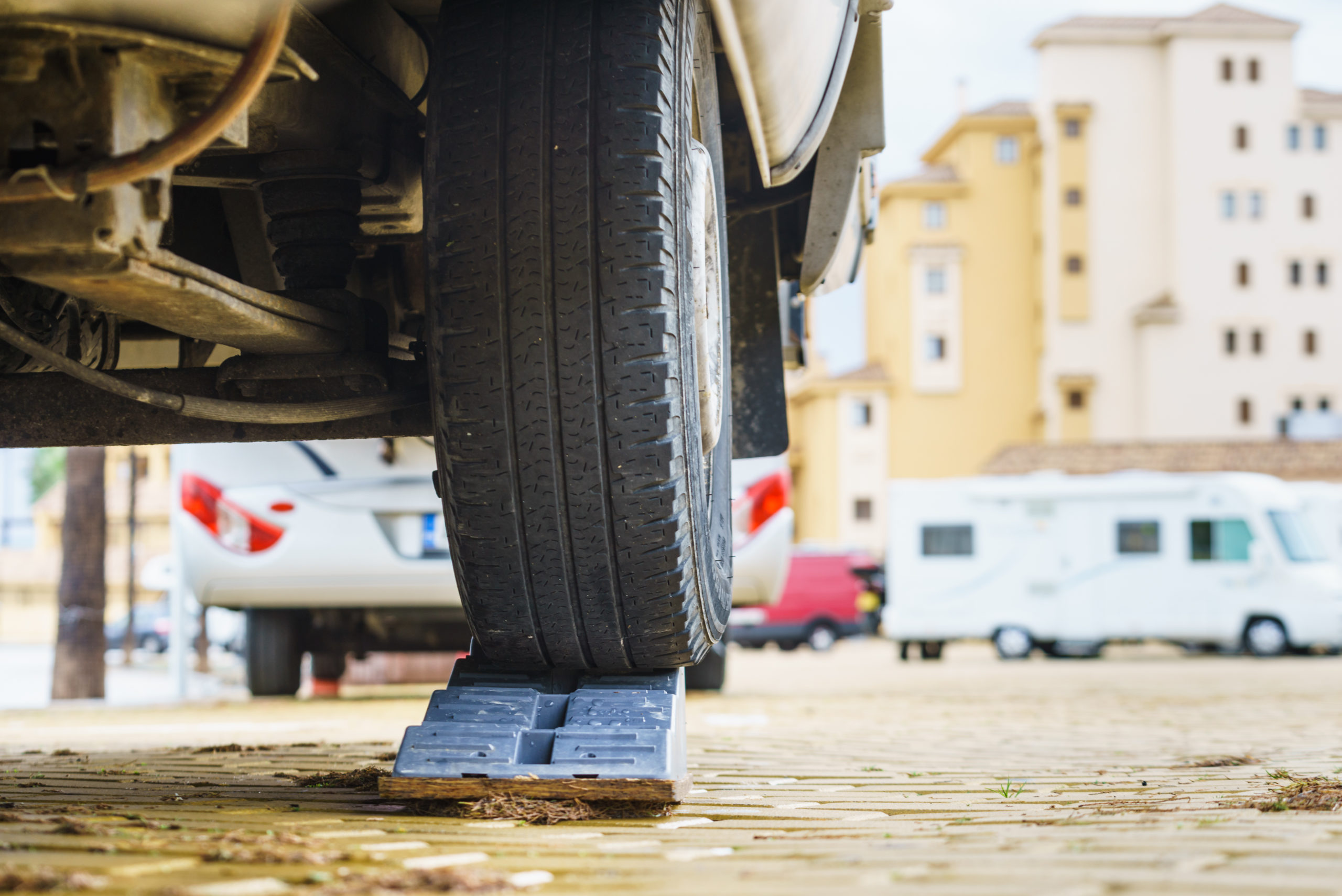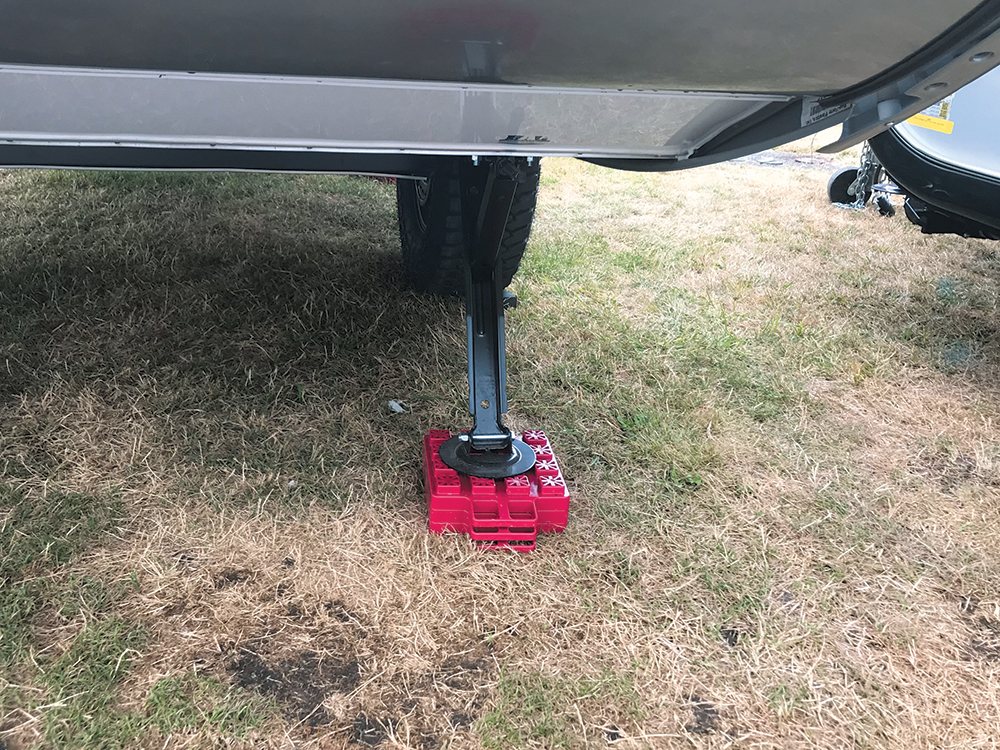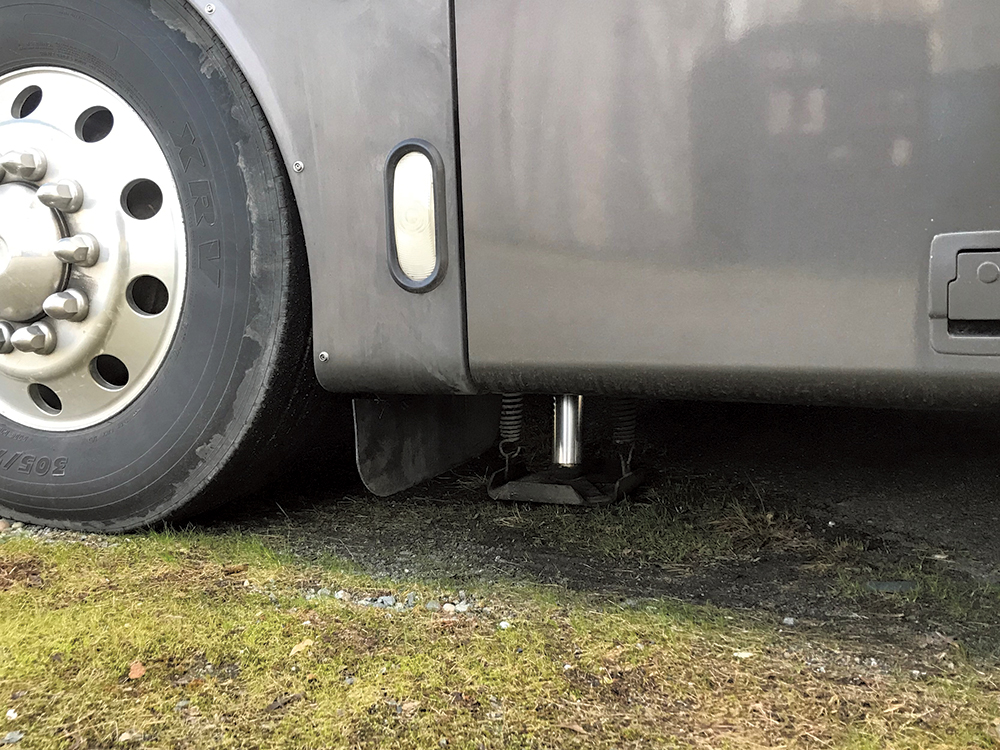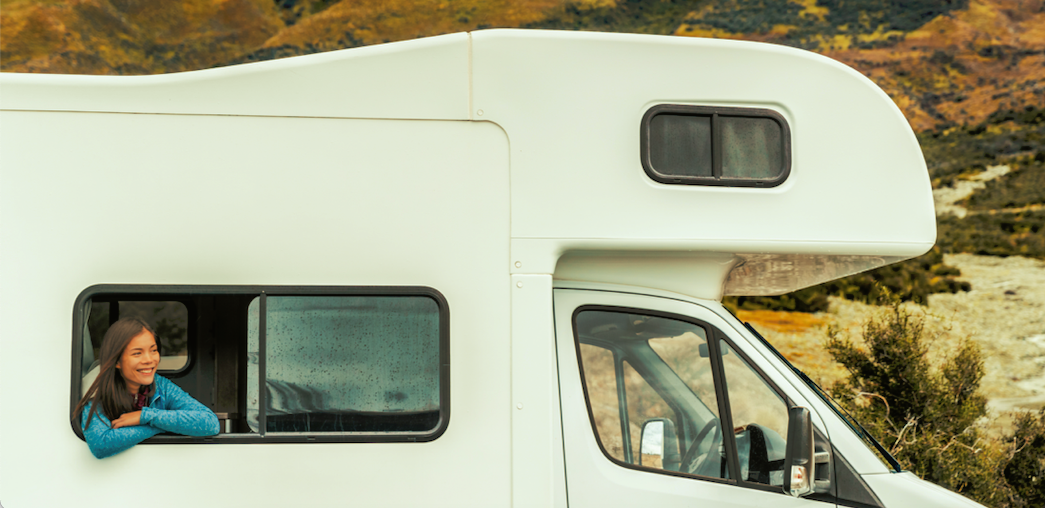Once you’ve decided to sell your RV, we hope you head to RVTrader.com to list it. We’re an online marketplace that attracts millions of active buyers every month who are searching for their next unit. Listing with RV Trader is quick, easy, and secure, guaranteeing a smooth and reliable experience. Here’s everything you need to know about selling an RV on RVTrader.com.
Get Started
Click the “Sell” button at the top of the RV Trader webpage, or the “Menu” button in the top-right corner, then click “Sell My RV.” Both options will direct you to the page where you can view the listing packages. Simply scroll down or click “Get Started” to browse the package options and make your selection.
Choose a Package
RV Trader provides three package options for sellers.
- Basic: The basic package ensures that your ad will be listed on the website for two weeks. Your listing will allow up to four photos.
- Enhanced: The enhanced package offers eight weeks on RV Trader’s website, as well as up to 20 photos and a YouTube or Vimeo video.
- Best: The best package features a one-year-long listing, up to 50 photos, a video, premium placement on the website with a highlight in search results, and a featured spot in carousels on the homepage and search results.
Log In or Create Your Account
Once you select your package, a window will pop up and prompt you to log in to your My Trader account. If you don’t have an account yet, it won’t take long to make one. Enter your email and a password, then verify your password and click “Sign Up For My Trader.” Having an account allows you to create, edit, and share listings, save your progress when creating listings, and see leads and activity on your listings.
Generate Your Listing
After choosing your package and logging in to your account, you can create your unit listing. Remember, this is the first impression you make with a consumer, so you want the information to be understandable and accurate. You can build your listing in just three simple steps.
- Enter Your Vehicle Information: Beginning at the first drop down, select the class of your RV. Enter the year, make, model, and trim. Add your price and choose a tagline; this is your opportunity to tell potential buyers if the price is cash, open to trade, negotiable, or firm. In the listing description, you have a maximum of 2,500 characters to tell buyers all about your RV. Below you can provide additional details, including fuel type, measurements, mileage, engine information, and unit color. The more information you give a consumer about your unit, the faster they can make their decision.
- Add Photos: Upload up to four, 20, or 50 photos, depending on which package you chose. Listings on RV Trader with pictures generate 2.4X higher search result impressions and 15.8X higher vehicle detail page-views than listings without photos. Make sure your photos are clear and offer different angles of your RV so potential buyers can see as much as possible. For more tips, read our eight tips for taking great listing photos. If you selected an Enhanced or Best package, you’ll also add the link for a video on YouTube or Vimeo here.
- Enter Your Contact Information: If you’re logged into your My Trader account, some of the contact information may auto-populate. You’ll also need to add your first and last name, address, and phone number. To protect your privacy, only your city, state, and zip code will appear on your listing—not your street address. If you prefer for buyers to only contact you via email, you can also choose to hide your phone number.
Get an Inspection
Sellers on RVTrader.comhave the option to get a pre-purchase inspection through RV Trader Assurance powered by Lemon Squad. If you choose this service, an Automatic Service Excellence (ASE)-certified Lemon Squad inspector comes directly to you for an on-site inspection of your for-sale RV. This thorough inspection covers a computer diagnosis of the engine, along with a comprehensive examination of the vehicle condition, mechanical, underbody, tires, wheels, structural integrity, and more. Following the inspection, your listing will receive a certified RV Trader Inspection Badge, which showcases your ability to provide an inspection report to prospective buyers and makes your listing stand out on the marketplace.
Preview, Review, and Check Out
At the bottom left of the page, you’ll have the option to preview your listing with the photos. Put yourself in the shoes of a buyer to make sure you’re seeing everything someone would need to know about the RV you’re selling.
Once you decide it looks good, you can view a receipt for your listing.
When you sell your RV on RVTrader.com, you can take advantage of our digital marketing solutions to help advertise and reach more buyers. In just a few quick and easy steps, your listing will be available to consumers nationwide. For more top tips for selling your RV, visit our blog. And for more helpful resources, check out our RV Seller’s Guide!
Another option for private sellers is to connect with dealers who are buying inventory directly. Skip the listing all together and look for the “We Buy RVs” button on a dealer’s gallery page to sell your unit right to a dealership.
